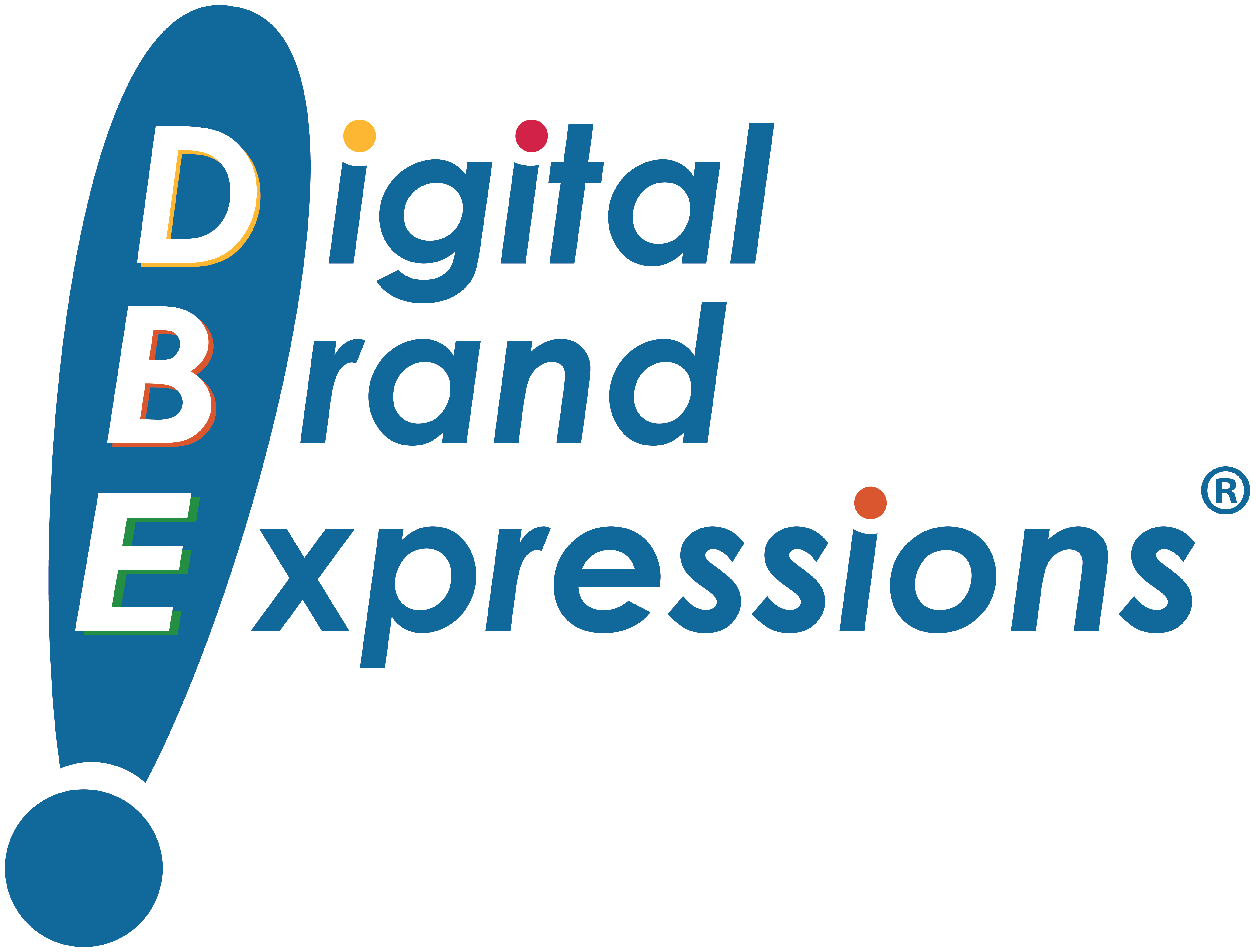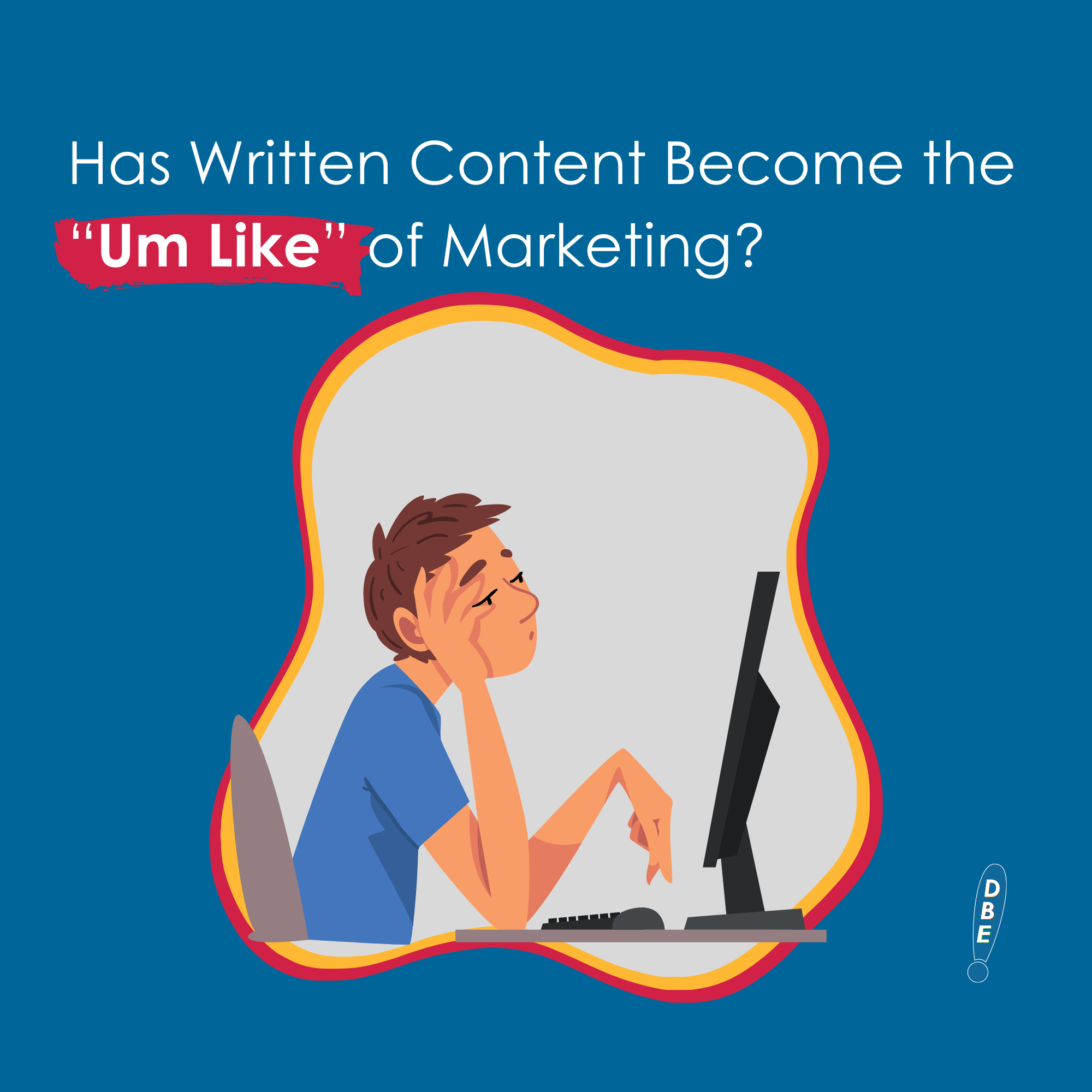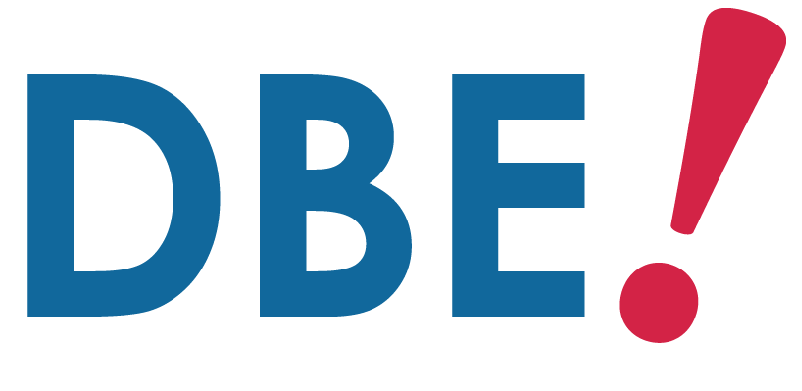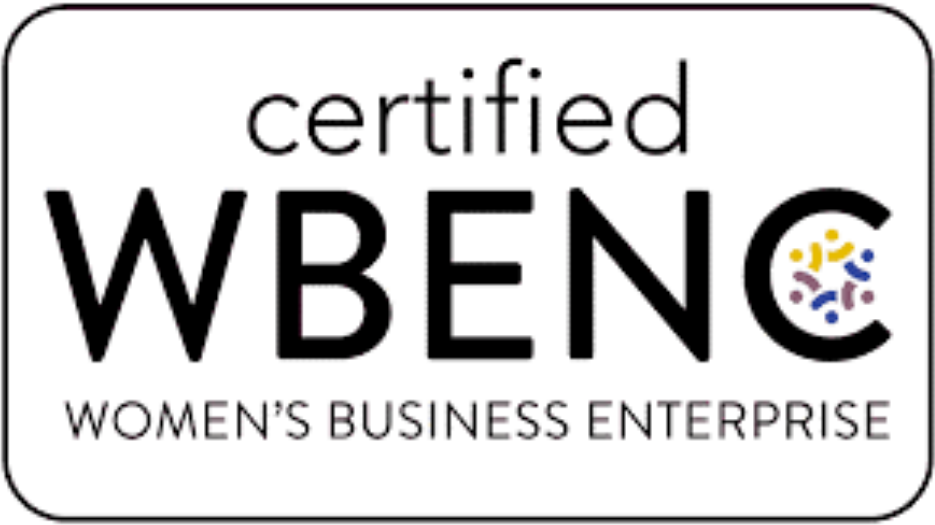What was the last thing you read that had a positive impact on you?
Was it an overused quote overlaid on an image of a tree? A misspelled ad headline for Cute & Cheep Clothes from a site you can’t pronounce? How about a contest to win a free t-shirt if you tag 50 of your closest friends in a comment?
You cringed at all those examples, didn’t you? They may have even had good intentions, but poor writing leaves the reader rolling their eyes.
Think about the amount of content you go through in a day, a week, a year. How much of it actually affects you?
Much of marketing content has morphed into filler words… the “um like” interrupter in the marketer’s sentence. A filler word doesn’t make a drastic difference in the context of a sentence or the mind of the reader. A filler word is ignored until a new piece of exciting phrasing comes along. We’re programmed to ignore spammy content just like we tune out the 14 “likes” our friend said in their last sentence. We just siphon out the filler, listening for the good stuff.
Has most written branded content devolved to the status of meaningless filler words?
Creativity & Vulnerability
Going back to the “um like” metaphor – there are a few major purposes to the ums, likes, and uhs in the modern English language. When we pepper our sentences with ums and likes, we ignore the discomfort – and vulnerability – that comes with silence. Many of us are uncomfortable with conversational silences. We feel the need to be ever-captivating and perpetually entertaining for others.
Michael Piperno, a communication coach for Comvia, explains this beautifully, “The little pauses that you have when you’re trying to think in the moment – they’re a lot longer to you… than to the people that are hearing them.” Time drags out when we’re uncomfortable, but others may not have noticed the pause or thought it was intentional.
Our discomfort with silence is being reflected in too much of today’s content. Many marketing teams are pumping out content that is not particularly helpful, meaningful, or important to readers. It’s going out because of the pressure to continue producing. Where is the pressure coming from? Let’s explore:
- Social algorithms penalize accounts that don’t post as often, so there’s a constant, looming pressure to always say something.
- Memes and trending content fill our social feeds, so we think we must go along with them. We’ve all probably seen a brand hop on the meme train caboose way after the joke left the funny station.
- There’s pressure to keep up with competitors that are larger and have more resources.
Dropping a truth here: Having something meaningful to share all the time is impossible… but we can speak up when we have something to say.
The content you produce should be like a savory sentence. The time between content releases should be the pause between thoughts, the space that leaves room for anticipating the next stroke of brilliance.
But how can we pause that when the world is automating faster than ever?
AI’s Impact on Content
AI, we talk about that a lot. We know the benefits at scale. However, it can dampen creativity and originality if used as a crutch, instead of a tool. Here’s an example:
Influenced by Ann Handley’s article on AI and writing, I asked Perplexity AI and ChatGPT to finish a joke for me:
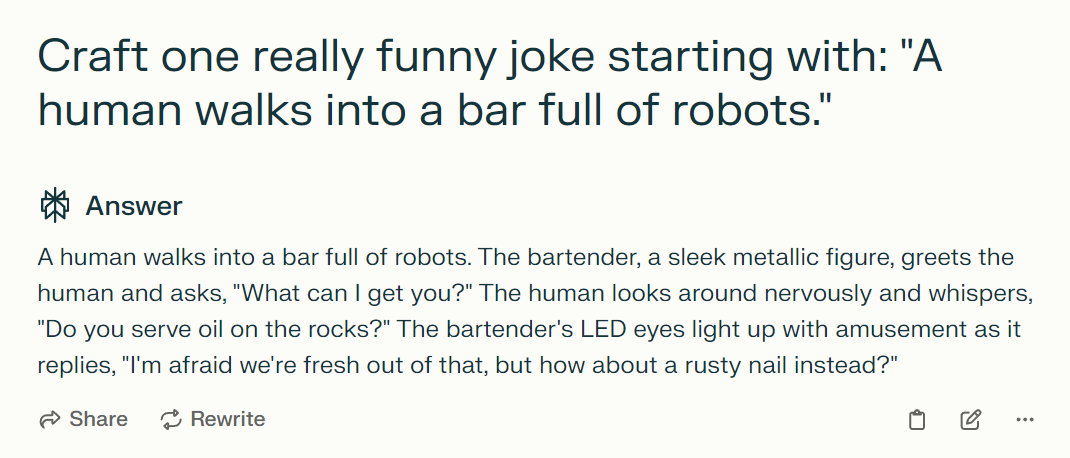
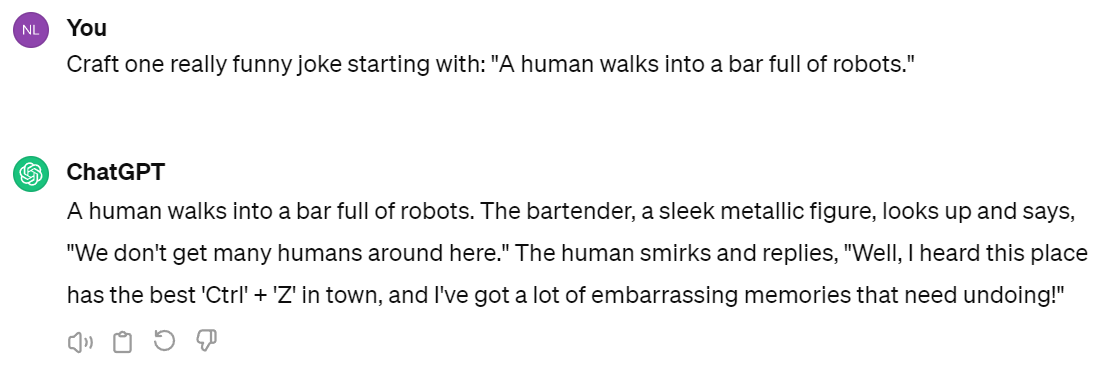
Couple of thoughts:
- ChatGPT totes won this joke battle.
- The jokes are not terrible.
- Interestingly, both chatbots used the same line: “The bartender, a sleek metallic figure”.
AI can tell a joke. That’s true, but you’ll notice it’s not laugh-out-loud funny. You miss the embellishment of personal flare. When your favorite comedian sets up a joke, they might tell a story, utilizing pauses to emphasize their points and leave room for laughter. Keep a finger on this as we move on to the 3rd observation….
Both chatbots saw the same prompt and served up the same verbiage – like a student’s history essay that looks mysteriously like their best friend’s. While they may not be “plagiarizing” each other directly, they are pulling from a similar, limited pool of knowledge, based on the internet.
Stringing these two points together, human writing draws on the unique experience, emotions, and culture of the writer. If we are all drawing from the same pool of knowledge (AI), originality is lost. Creativity becomes a burdensome chore instead of a streaming fountain of ideas.
How Do We Improve?
We have to be okay with silence.
Silence makes our points interesting. It gives us time to ruminate on our words and graces us with credibility. The timing of content releases can be around your resources, so that when you publish, it’s something that your audience will find interesting or entertaining.
Don’t jump on the trend train if you can’t do it well.
Hearing the same exact joke over 10 times doesn’t make it funnier. (Believe me, I’ve tried.) Now, if a trend aligns with your brand and you can provide a meaningful, funnier interpretation quickly, that’s when to strike when the iron’s hot.
Stop comparing your brand to others.
Some brands have teams of content writers. Some influencers don’t have outside, full-time jobs. Each brand has to assess their own situation and see when they can produce content consistently, effectively, and meaningfully. Furthermore, each brand is different, so a differentiating content strategy will help define you from competitors.
Use AI. Don’t Abuse AI.
Use AI for what it’s meant for… as an assistant. Drafts, organization, sparking ideas, or surpassing brainfarts can all be done quicker than ever, but don’t make AI the author. AI’s not the one going on backpacking trips. AI can’t pull from years of sales experience. AI doesn’t have a grandpa that tells them odd stories about the racoon living under his deck. AI can’t create originality (at least not yet). Only people can.
We need to bring authentic voices and storytelling back to written content. Great content evolves beyond the “um like”. Let’s make content like a meaty sentence full of decorative adjectives, stupefying adverbs, and tasty transitions. Let’s make content like a powerful speech adorned with humor and passion, paced to perfection with all the right pauses in all the right places. Let’s make content that matters to the people reading it.
Happy writing!
